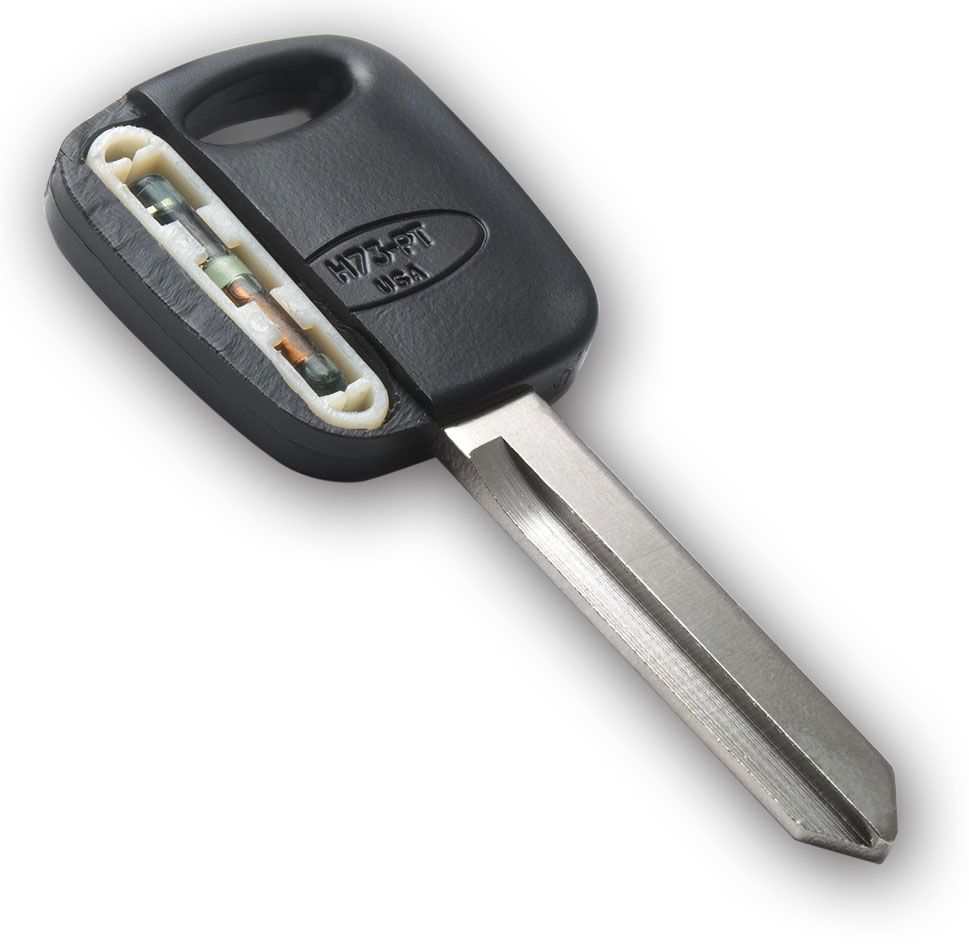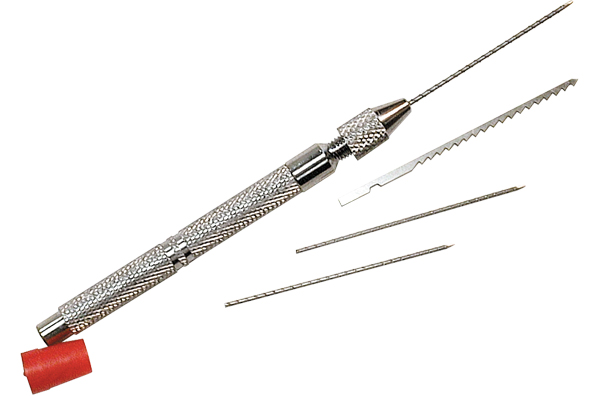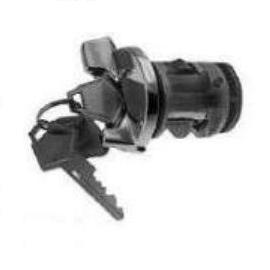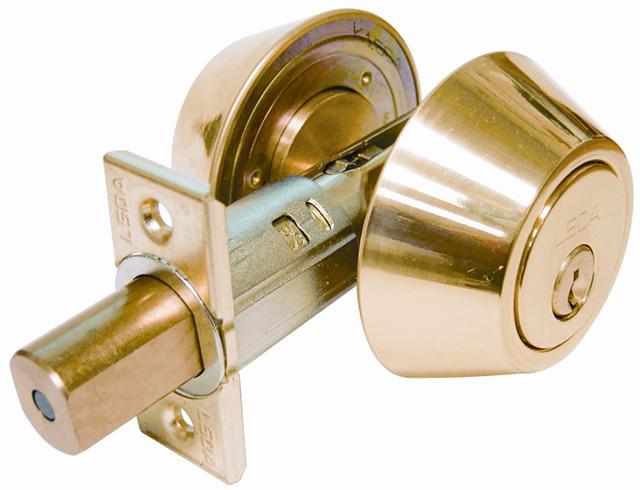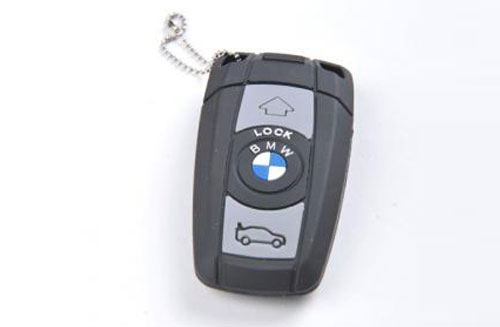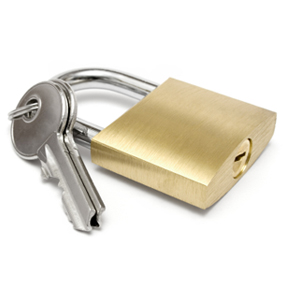Call Us: (888) 861-9396
Common Residential Doors and Their Weaknesses
In 1990, the Consumer Reports Magazine conducted random tests on residential doors and discovered how each type could break down when force is applied to them. It took just one strike with a 100 lb force to break metal skinned and wood-edged doors, two strikes on solid wood doors, and seven strikes on steel-edged doors.
These tests were based on police project burglary findings that 87% of break-ins occurred when intruders were able to defeat locked doors using a variety of heavy tools. Burglars loved to target weak doors, those with weak door frames, or those with weak deadbolts.
This is one of the reasons why modern locksmiths such as locksmiths in Fleming, GA are not just trained in locks and keys but, also in door security, particularly in door security devices such as:
- Alarms – designed to trigger a silent alarm when door is opened to warn police or guards, increasing the chances of apprehending the burglar.
- Deadbolts – door locks that are supposed to resist impact failure, picking, and lock bumping.
- Door strike reinforcers – these are steel plate or steel bars made to reinforce the door frame. These are often used in conjunction with Door Reinforcements which are steel plates used to reinforce door knobs and deadbolts.
- Door chains – allows doors to be opened slightly to view outside while door remains locked.
- Internal locks – sliding bolts, hooks, latches, metal hooks, or bars.
- Door viewers – small fish-eye lenses allowing residents to view outside a door without the need to open it.
- Reinforced door windows – instead of door viewers which don’t give a full view of the outside, plexiglass or lexan glass can be used as small door windows.
- Hinge screws – specialized screws that prevent doors from being pushed in even after hinge pins are removed.




